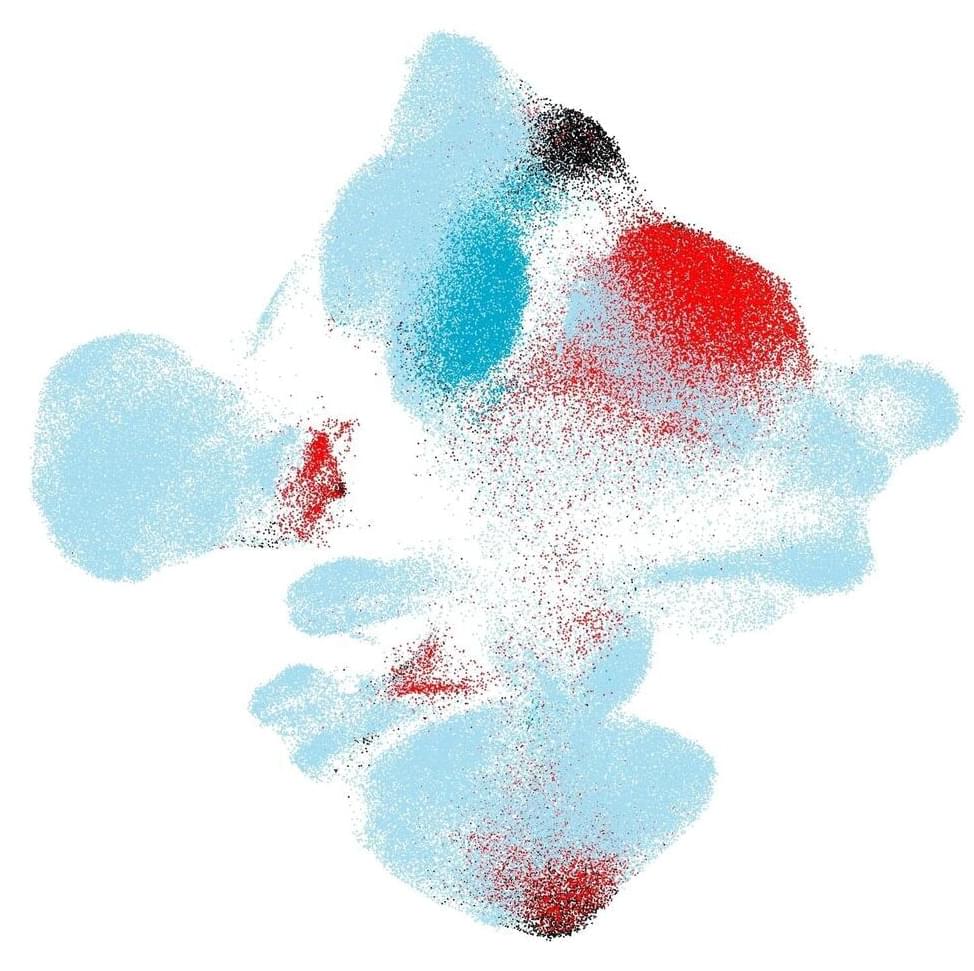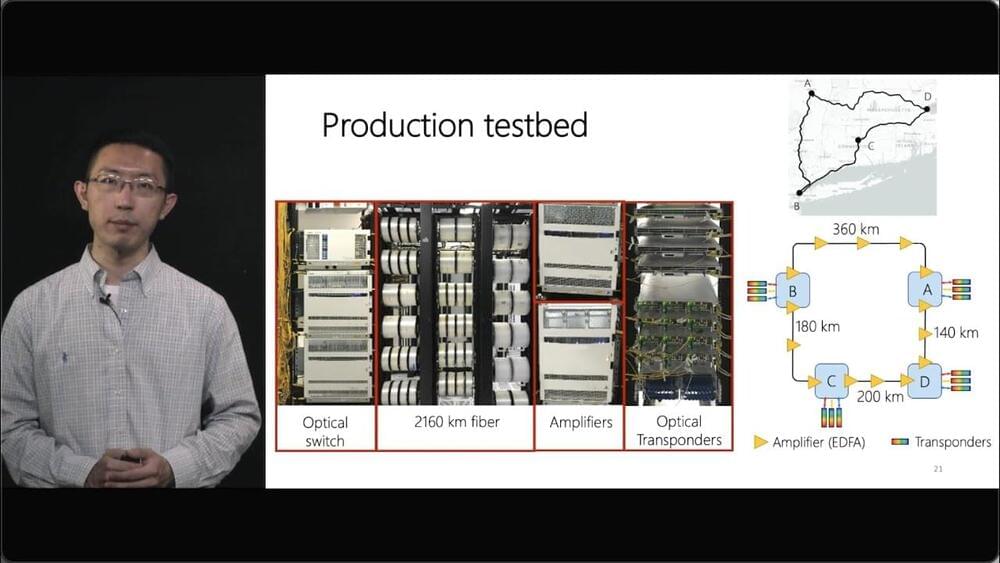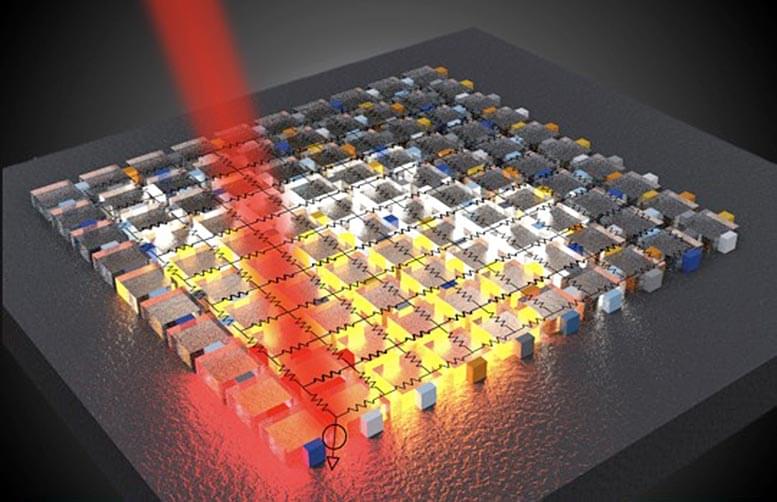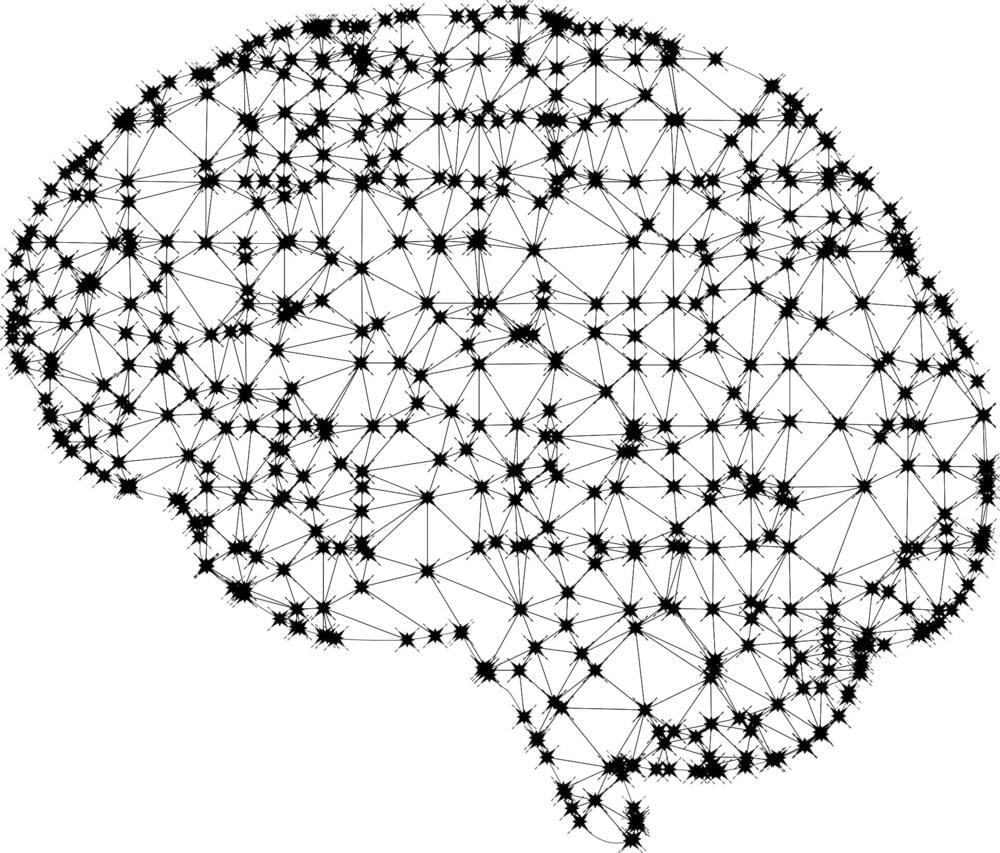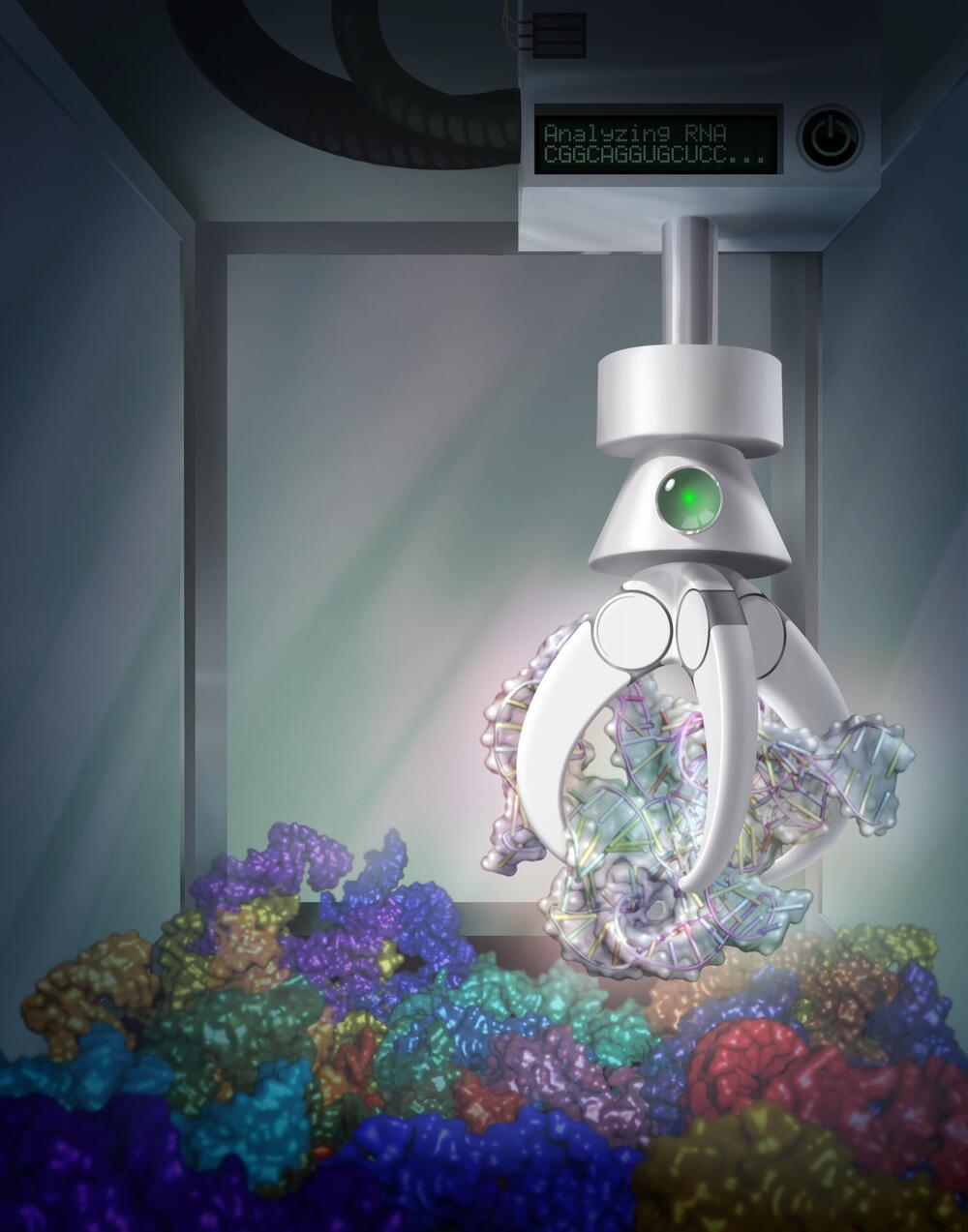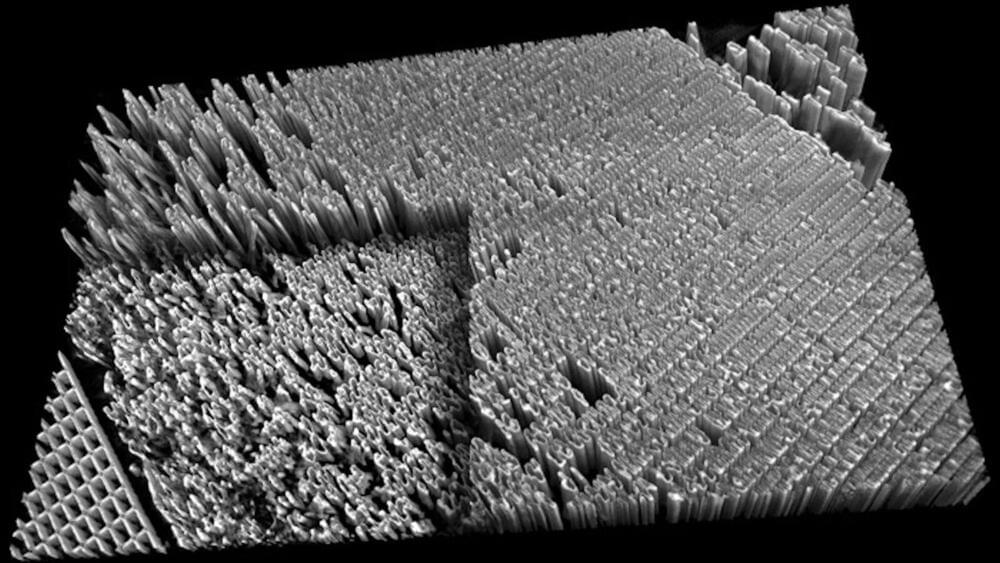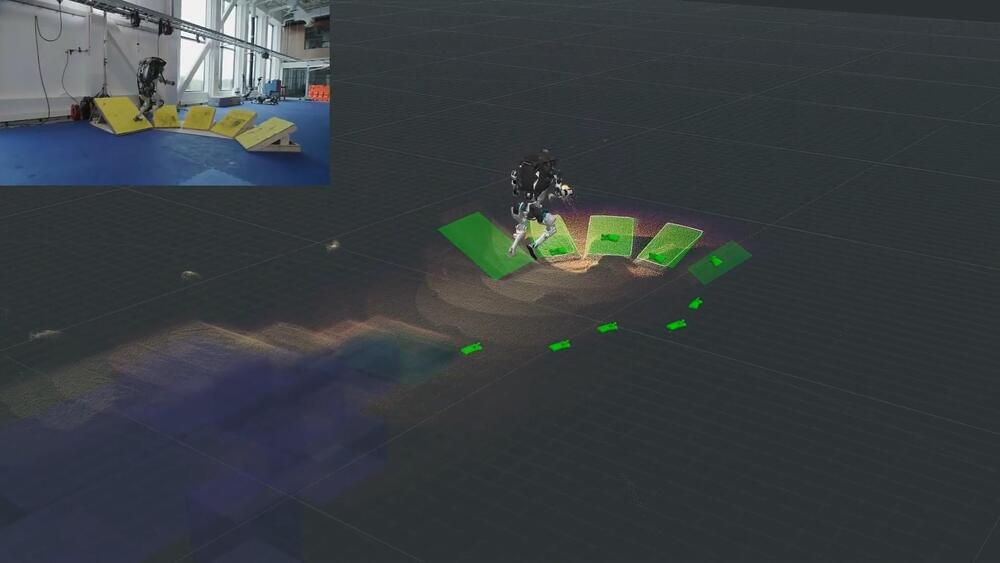Aug 31, 2021
AI identifies single diseased cells
Posted by Dan Kummer in categories: biotech/medical, information science, life extension, robotics/AI
The Human Cell Atlas is the world’s largest, growing single-cell reference atlas. It contains references of millions of cells across tissues, organs and developmental stages. These references help physicians to understand the influences of aging, environment and disease on a cell—and ultimately diagnose and treat patients better. Yet, reference atlases do not come without challenges. Single-cell datasets may contain measurement errors (batch effect), the global availability of computational resources is limited and the sharing of raw data is often legally restricted.
Researchers from Helmholtz Zentrum München and the Technical University of Munich (TUM) developed a novel algorithm called “scArches,” short for single-cell architecture surgery. The biggest advantage: “Instead of sharing raw data between clinics or research centers, the algorithm uses transfer learning to compare new datasets from single-cell genomics with existing references and thus preserves privacy and anonymity. This also makes annotating and interpreting of new data sets very easy and democratizes the usage of single-cell reference atlases dramatically,” says Mohammad Lotfollahi, the leading scientist of the algorithm.
